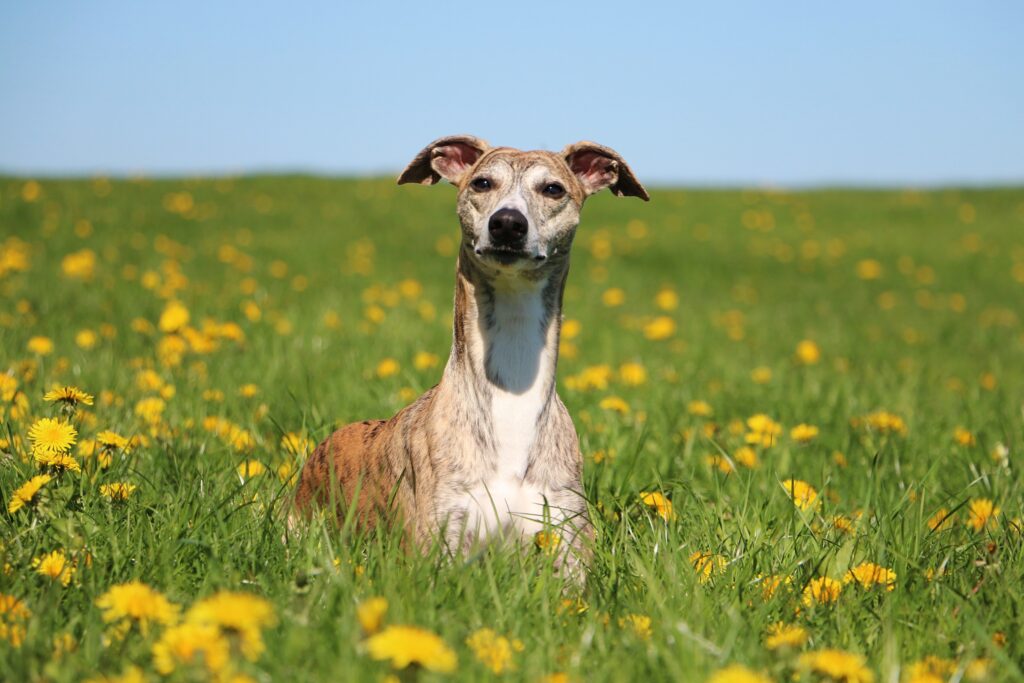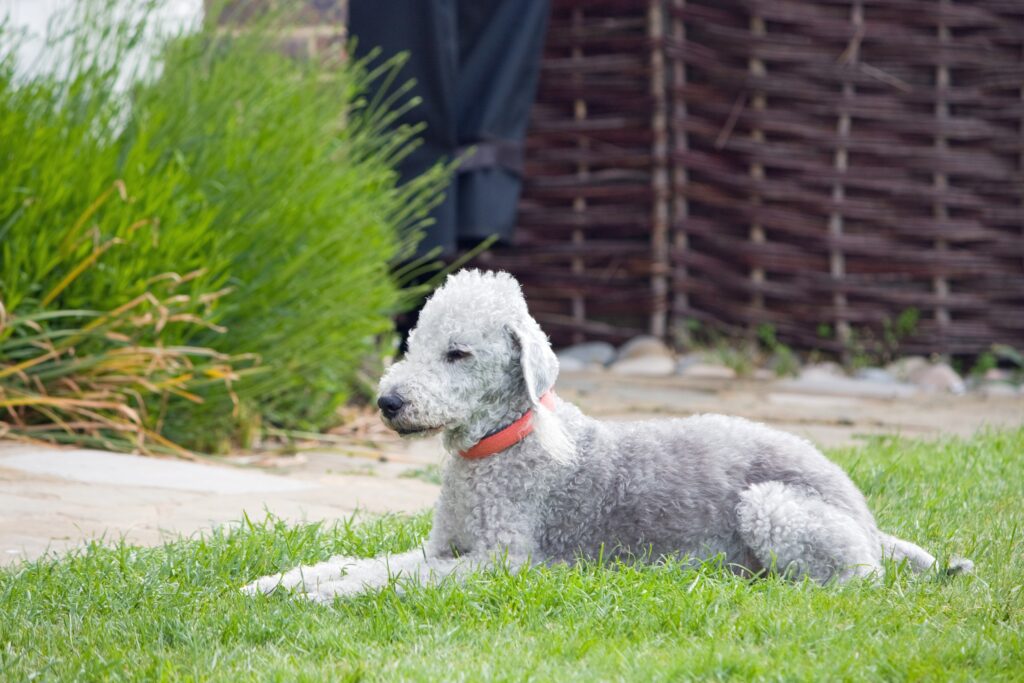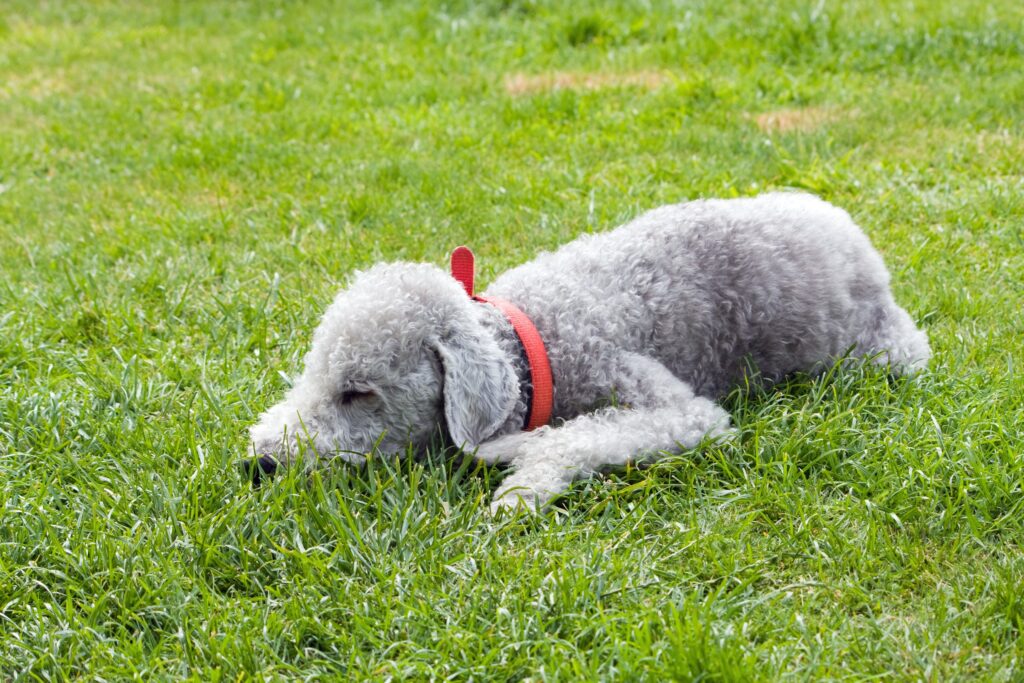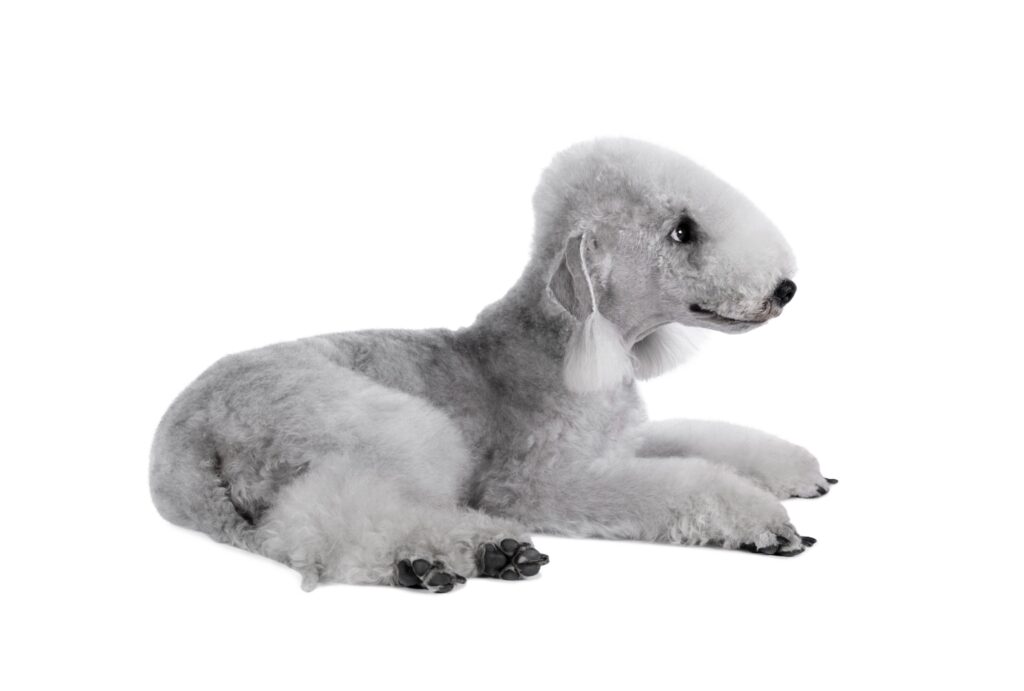Bedlington Terrier vs. Whippet: A Comparison of Two Popular Dog Breeds
Bedlington Terriers are known for being playful, intelligent, and affectionate dogs. They are normally friendly with children and other pets but can be reserved with strangers. Whippets are affectionate and gentle dogs but tend to be more reserved and independent than Bedlington Terriers. They are sometimes described as being “cat-like” in their behavior and can be sensitive to harsh training methods.




Table of Contents
History
The Bedlington Terrier and Whippet are two breeds of dogs that share some similarities but also have unique differences. This section will explore each breed’s history to understand its origins and development better.
Bedlington Terrier
The Bedlington Terrier is a small dog breed that originated in the Northumberland region of England in the 18th century. They were originally bred for hunting vermin, such as rats and badgers, and were also used for fighting in pit contests. The breed’s distinctive appearance, with a lamb-like coat and arched back, is thought to have been influenced by sighthounds like the Whippet.
Despite their fighting history, Bedlington Terriers were also popular as companion dogs, known for their loyalty and affectionate nature. They were classified as a breed by the Kennel Club in 1869 and have since become a beloved breed among dog enthusiasts.
Whippet
The Whippet is a dog breed of medium size that originated in 19th-century England. They were bred for racing and hunting small game, such as rabbits, and were often used by miners for sport. The breed’s sleek, muscular build and incredible speed made them ideal for racing, and they quickly became a popular choice among dog enthusiasts.
Whippets were recognized as a breed by the Kennel Club in 1891 and have since become a popular choice for racing and companion dogs. They are popularly known for their gentle nature and loving personality, making them an excellent choice for families.
Physical Characteristics


Size and Weight
The Bedlington Terrier and the Whippet are medium-sized dogs, but the Bedlington Terrier is slightly larger. The Bedlington Terrier is about 15-17 inches tall and weighs between 17-23 pounds (8-10 kg). On the other hand, the Whippet stands about 23-28 inches tall and weighs between 25-45 pounds (11-20 kg).
Coat and Color
The Bedlington Terrier has a distinctive coat described as “lamb-like.” The coat is soft, curly, blue, liver, or sandy. On the other hand, the Whippet has a short, smooth coat that can be any color or combination of colors.
Facial Features
The Bedlington Terrier has a distinctive head shape described as “pear-shaped.” The head is narrow at the top and wider at the bottom, with a long, tapering muzzle. The Whippet has a more streamlined head with a long, narrow muzzle. Both breeds have bright, expressive eyes and ears that are folded over.
Temperament
The Bedlington Terrier is known for being affectionate, confirmed by the American Kennel Club. They are generally friendly with strangers, making them poor guard dogs, but they can be wary of other dogs. They are also noted for being energetic and playful, which makes them ideal companions for active families.
Based on experience, Bedlington Terriers are intelligent and can be trained easily, but they can sometimes be stubborn. They are also popularly known for being sensitive and can become upset if treated unfairly.
The Whippet is a gentle and affectionate breed that loves to be around people. They are known for being quiet and well-behaved, which makes them great apartment dogs. They also get along well with youngsters and other pets. Whippets are intelligent and trainable, but they can sometimes be independent and stubborn. They are also known for being delicate and can become upset if treated unfairly.
Training and Exercise
Training
Bedlington Terriers are intelligent and eager to please, making them relatively easy to train. Positive reinforcement techniques such as treats, praise, and playtime work well with this breed. Consistency is key, as Bedlington Terriers can be stubborn at times. Early socialization is also important to prevent shyness or aggression towards strangers or other dogs.
Whippets are intelligent and quick learners but can be sensitive to harsh training methods. Positive reinforcement techniques such as treats, praise, and playtime work well with this breed. Consistency is key, as Whippets can become bored easily. Early socialization is also important to prevent shyness or aggression towards strangers or other dogs.
Exercise
Bedlington Terriers are active dogs that require daily exercise to stay healthy and happy. A brisk walk, jog, or playtime in a fenced yard will suffice for most Bedlington Terriers. They also like to play fetch and other games that involve running and jumping. However, they are less high-energy than other terrier breeds and can adapt to apartment living with regular exercise.
Whippets are active dogs that require daily exercise to stay healthy and happy. They are known for their speed and love to run, so a securely fenced yard or leash walks in a safe area are ideal for this breed. They also enjoy playing fetch and other games that involve running and jumping. However, they are less high-energy than some other sighthound breeds and can adapt to apartment living with regular exercise.
Health and Care


Common Health Issues of Bedlington Terriers
Bedlington Terriers have an average lifespan of 12-14 years. However, like all breeds, they are susceptible to specific health difficulties and issues. Some of the major health ailments that Bedlington Terriers are susceptible to are:
- Copper toxicosis
- Renal cortical hypoplasia
- Retinal dysplasia
- Distichiasis
- Patellar luxation
DNA tests for copper toxicosis and liver biopsy are suggested. Eye tests should also be conducted regularly.
Common Health Issues of Whippets
Whippets are generally healthy dogs with an average lifespan of 12-15 years. However, like all breeds, susceptible to specific health difficulties and issues. Some of the common health issues that Whippets may face are:
- Heart murmurs
- Hypothyroidism
- Epilepsy
- Eye problems
- Joint problems
Regular visits to the vet can help detect and treat these issues early on.
Grooming Needs of Bedlington Terriers
To maintain the unique coat of Bedlington Terriers, regular grooming is necessary. Brushing should be done at least once a week to prevent matting and tangling, and professional grooming should be scheduled every six to eight weeks. Bathing should be done as needed, but not too frequently, to avoid drying out their skin.
Grooming Needs of Whippets
Whippets have a short, smooth coat that requires minimal grooming. They shed very little and only need to be brushed occasionally to remove loose hair. They should be bathed as needed, but not too frequently, to avoid drying out their skin. Regular nail trimming and teeth cleaning are also important for their overall health.
